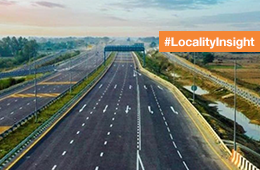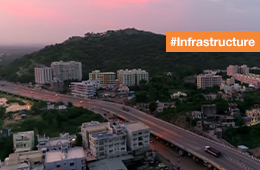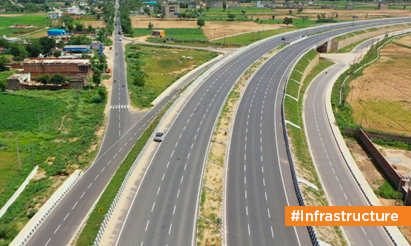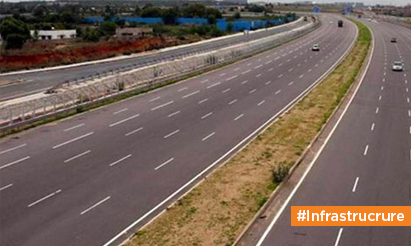All that you need to know about The Mumbai-Pune Expressway
The Mumbai-Pune Expressway opened to the public in 2002; previously, it took about five hours to travel between Mumbai and Pune. This six-lane expressway, officially known as the Yashwantrao Chavan Mumbai Pune Expressway, replaced the National Highway 4 between Mumbai and Pune (NH-4).
The 94-kilometer Mumbai-Pune Expressway, which currently handles approximately 60,000 vehicles per day, is one of India’s busiest arterial corridors, connecting India’s financial capital with Pune, Maharashtra’s automobile manufacturing and education center.
Rail India Technical and Economic Services (RITES) was established in 1990 by the Maharashtra government to organize a feasibility report for the Mumbai-Pune highway project. Nitin Gadkari, Maharashtra’s Public Works Department (PWD) minister at the time, directed the Mumbai Pune Expressway route from Kon (near Panvel) to Dehu Road (near Pune) in 1997. The Maharashtra State Road Development Corporation (MSRDC) was then awarded the contract to construct the highway.
The finalized Mumbai-Pune Expressway billed as India’s first expressway project, was constructed in 1999 at an estimated cost of Rs 1,600 crores. However, the expressway, also known as India’s first on-time road project, was not fully completed until 2002.
From April 1, 2021, tolls on the Mumbai-Pune Expressway have been raised.
| Vehicle type | Toll fee |
| Cars | Rs 270 |
| Mini-buses | Rs 420 |
| Heavy-axle vehicles | Rs 580 |
| Buses | Rs 797 |
| Large trucks | Rs 1,380-1,835 |
It should be noted that on the Mumbai-Pune Expressway, travelers are only charged a toll for the distance they travel.
In 2020, public interest litigation was filed in the Bombay High Court challenging the extension of toll collection on the Mumbai-Pune Expressway until April 2030, even though an audit by the Comptroller and Auditor General (CAG) found that the Expressway’s entire capital outlay was recovered in 2019.
In response to the accusation, the MSRDC stated that the Comptroller and Auditor General (CAG) ignored several aspects of the expenditure, which was inaccurate.
Even though the project was designed for speeds well more than 120 kmph, the Mumbai-Pune Expressway has a speed limit of 80 mph for safety reasons.
Because the alignment between Khopoli and Lonavala could not be constructed due to viability gap funding issues, the existing alignment of the NH-4 had to be followed by widening it to six lanes. As a result, major traffic jams occur in this section as traffic from the NH-4 and the Expressway merge.
To deal with this issue, a 13.3-kilometer alternative alignment with eight lanes, also known as the “missing link,” has been planned. It will begin at the Raigad Khopoli Exit and end at the Sinhagad Institute near Lonavala (Pune). Due to the COVID-19 pandemic, work on the project has been postponed until the end of 2023. When completed, the missing link’ will shorten the distance between Mumbai and Pune by nearly six kilometers and reduce total highway travel time by 25 minutes.
The intelligent traffic management system is a machine learning application that is linked to high-tech cameras, sensors, and other traffic violation detection systems installed on highways. The system, which will be built through a public-private partnership, will cost Rs 160 crores over 10 years.
Speeding, overloaded vehicles, unauthorized halts, and violations of traffic rules have all contributed to a significant increase in the number of accidents on the Mumbai-Pune Expressway.
Disclaimer: The views expressed above are for informational purposes only based on industry reports and related news stories. PropertyPistol does not guarantee the accuracy, completeness, or reliability of the information and shall not be held responsible for any action taken based on the published information.




